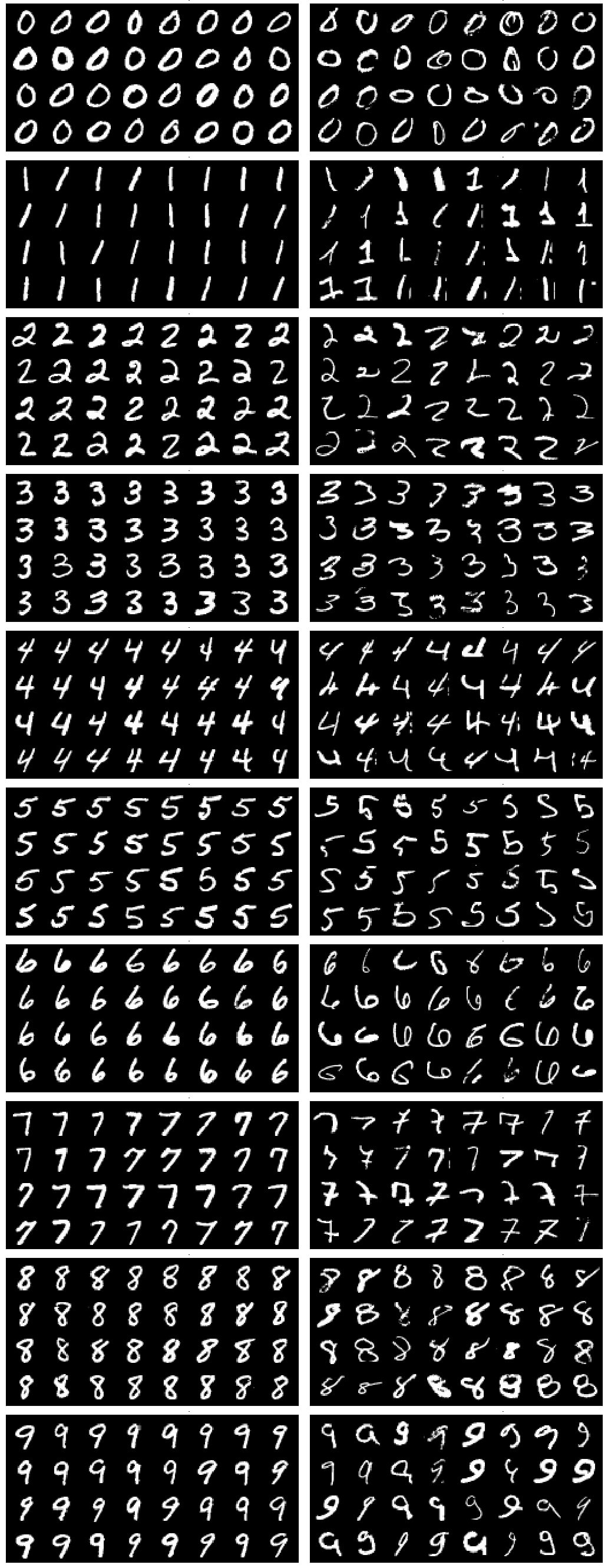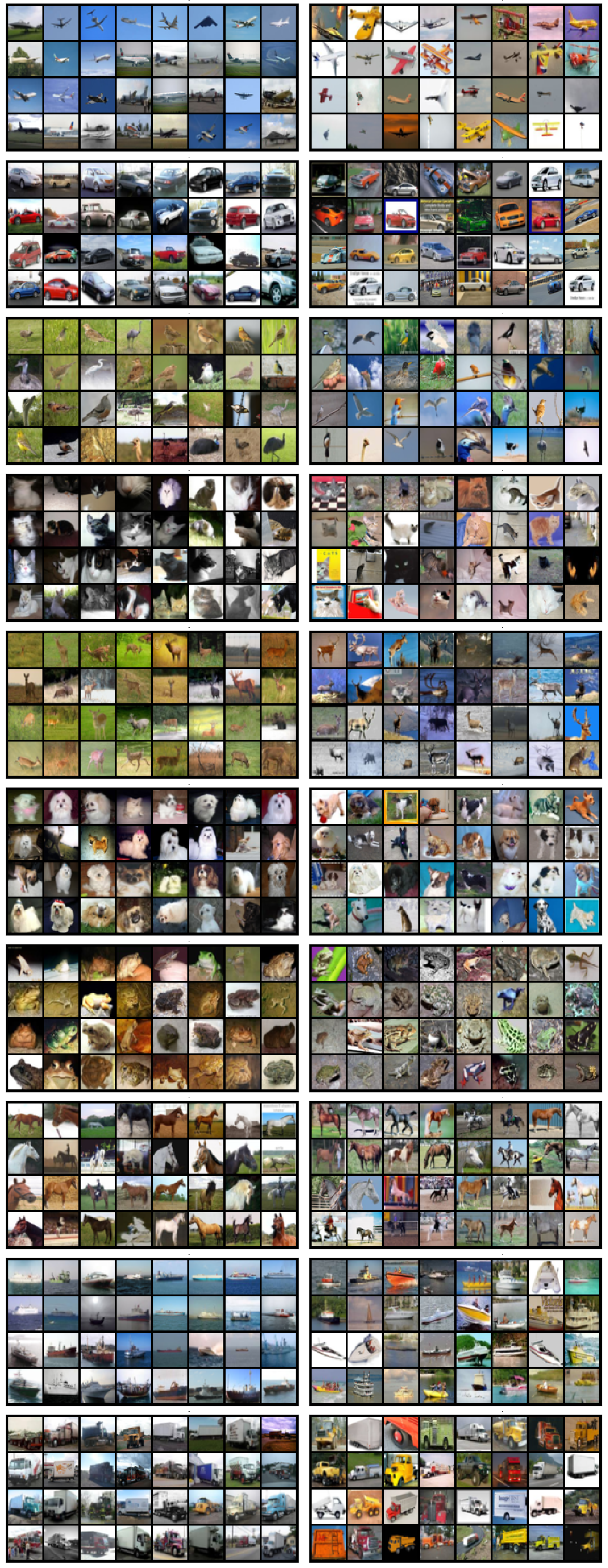PyTorch Implementation of Deep SVDD
This repository provides a PyTorch implementation of the Deep SVDD method presented in our ICML 2018 paper ”Deep One-Class Classification”.
Citation and Contact
You find a PDF of the Deep One-Class Classification ICML 2018 paper at http://proceedings.mlr.press/v80/ruff18a.html.
If you use our work, please also cite the paper:
@InProceedings{pmlr-v80-ruff18a,
title = {Deep One-Class Classification},
author = {Ruff, Lukas and Vandermeulen, Robert A. and G{\"o}rnitz, Nico and Deecke, Lucas and Siddiqui, Shoaib A. and Binder, Alexander and M{\"u}ller, Emmanuel and Kloft, Marius},
booktitle = {Proceedings of the 35th International Conference on Machine Learning},
pages = {4393--4402},
year = {2018},
volume = {80},
}
If you would like to get in touch, please contact contact@lukasruff.com.
Abstract
Despite the great advances made by deep learning in many machine learning problems, there is a relative dearth of deep learning approaches for anomaly detection. Those approaches which do exist involve networks trained to perform a task other than anomaly detection, namely generative models or compression, which are in turn adapted for use in anomaly detection; they are not trained on an anomaly detection based objective. In this paper we introduce a new anomaly detection method—Deep Support Vector Data Description—, which is trained on an anomaly detection based objective. The adaptation to the deep regime necessitates that our neural network and training procedure satisfy certain properties, which we demonstrate theoretically. We show the effectiveness of our method on MNIST and CIFAR-10 image benchmark datasets as well as on the detection of adversarial examples of GTSRB stop signs.
Installation
This code is written in Python 3.7 and requires the packages listed in requirements.txt.
Clone the repository to your local machine and directory of choice:
git clone https://github.com/lukasruff/Deep-SVDD-PyTorch.git
To run the code, we recommend setting up a virtual environment, e.g. using virtualenv or conda:
virtualenv
# pip install virtualenv
cd <path-to-Deep-SVDD-PyTorch-directory>
virtualenv myenv
source myenv/bin/activate
pip install -r requirements.txt
conda
cd <path-to-Deep-SVDD-PyTorch-directory>
conda create --name myenv
source activate myenv
while read requirement; do conda install -n myenv --yes $requirement; done < requirements.txt
Running experiments
We currently have implemented the MNIST (http://yann.lecun.com/exdb/mnist/) and CIFAR-10 (https://www.cs.toronto.edu/~kriz/cifar.html) datasets and simple LeNet-type networks.
Have a look into main.py for all possible arguments and options.
MNIST example
cd <path-to-Deep-SVDD-PyTorch-directory>
# activate virtual environment
source myenv/bin/activate # or 'source activate myenv' for conda
python main.py mnist mnist_LeNet ../log/mnist_test ../data --objective one-class --lr 0.0001 --n_epochs 150 --lr_milestone 50 --batch_size 200 --weight_decay 0.5e-6 --pretrain True --ae_lr 0.0001 --ae_n_epochs 150 --ae_lr_milestone 50 --ae_batch_size 200 --ae_weight_decay 0.5e-3 --normal_class 3;
This example trains a One-Class Deep SVDD model where digit 3 (--normal_class 3) is considered to be the normal class. Autoencoder
pretraining is used for parameter initialization.
CIFAR-10 example
cd <path-to-Deep-SVDD-PyTorch-directory>
# activate virtual environment
source myenv/bin/activate # or 'source activate myenv' for conda
python main.py cifar10 cifar10_LeNet ../log/cifar10_test ../data --objective one-class --lr 0.0001 --n_epochs 150 --lr_milestone 50 --batch_size 200 --weight_decay 0.5e-6 --pretrain True --ae_lr 0.0001 --ae_n_epochs 350 --ae_lr_milestone 250 --ae_batch_size 200 --ae_weight_decay 0.5e-6 --normal_class 3;
This example trains a One-Class Deep SVDD model where cats (--normal_class 3) is considered to be the normal class.
Autoencoder pretraining is used for parameter initialization.
Examples
MNIST
Example of the 32 most normal (left) and 32 most anomalous (right) test set examples per class on MNIST according to Deep SVDD anomaly scores.
CIFAR-10
Example of the 32 most normal (left) and 32 most anomalous (right) test set examples per class on CIFAR-10 according to Deep SVDD anomaly scores.
License
MIT

